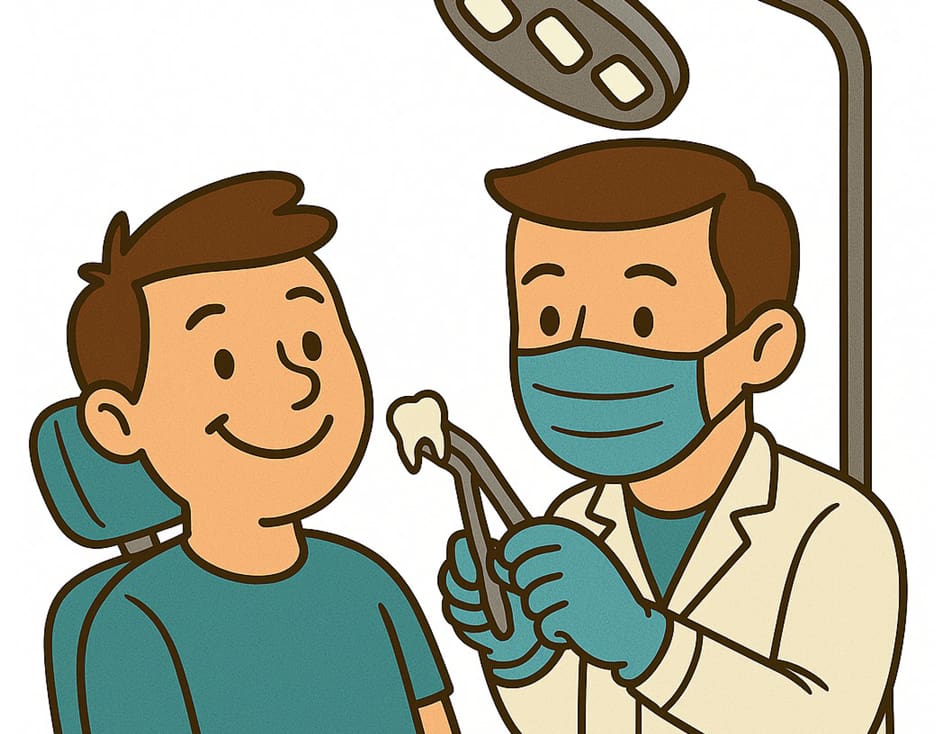
Let’s be honest—wisdom teeth are a bit of a mystery. They show up uninvited (usually in your late teens or early twenties), often cause trouble, and then most people end up getting them removed. So what’s the deal with these late-blooming molars, and do they always have to go?
Here’s a straightforward breakdown of what wisdom teeth are, why they sometimes need to be removed, and what to expect if yours decide to stir things up.
First Things First: What Are Wisdom Teeth?
Wisdom teeth are your third set of molars—two on top, two on bottom—that usually make their appearance between the ages of 17 and 25. They’re called “wisdom” teeth because they come in when you’re (supposedly) older and wiser. But despite the name, they don’t always behave wisely.
The issue? Most mouths just don’t have enough space to fit them properly.
Do Everyone’s Wisdom Teeth Come In?
Not always. Some people are lucky and never develop them at all. Others get one, two, or all four. And even if they do come in, there’s no guarantee they’ll erupt fully or grow in straight. Sometimes they stay hidden under the gums (impacted), tilt sideways, or push into neighboring teeth.
So… When Do They Actually Need to Come Out?
It depends. Wisdom teeth don’t automatically need to be removed—but they often do. Your dentist or oral surgeon will usually recommend extraction if:
- The teeth are impacted (trapped under gum or bone)
- They’re causing pain, swelling, or pressure
- They’re crowding or shifting other teeth
- There’s infection or cyst formation
- You can’t properly clean them, increasing the risk of decay or gum disease
Even if you’re not in pain, X-rays can reveal whether future problems are likely.
What’s the Removal Process Like?
Wisdom tooth removal is a very common, straightforward procedure. Here’s a general idea of what to expect:
- Before: You’ll have a consultation with your dentist or oral surgeon to go over X-rays and anesthesia options.
- During: The procedure itself usually takes under an hour. You’ll be numb or sedated, depending on what you and your doctor decide.
- After: Recovery takes a few days. Expect swelling, mild discomfort, and a diet of soft foods (hello, mashed potatoes and smoothies).
Pro tip: Take it easy, skip the straws, and follow your aftercare instructions to avoid dry socket—a painful complication that can occur if the blood clot at the removal site is dislodged.
Can You Keep Them?
Yes—if they’re healthy, aligned, and not causing any problems. Some people keep all four their entire lives without issue. But because they’re so far back in the mouth, even healthy wisdom teeth can be hard to clean properly, making them more vulnerable to cavities or gum disease down the road.
A Few Signs Your Wisdom Teeth Might Be Acting Up:
- Soreness or pain in the back of your mouth
- Swollen or irritated gums behind your molars
- Jaw stiffness or headaches
- Bad breath or a weird taste in your mouth
- Shifting or crowding of other teeth
If you notice any of these symptoms, it’s a good idea to have them checked out—sooner rather than later.
